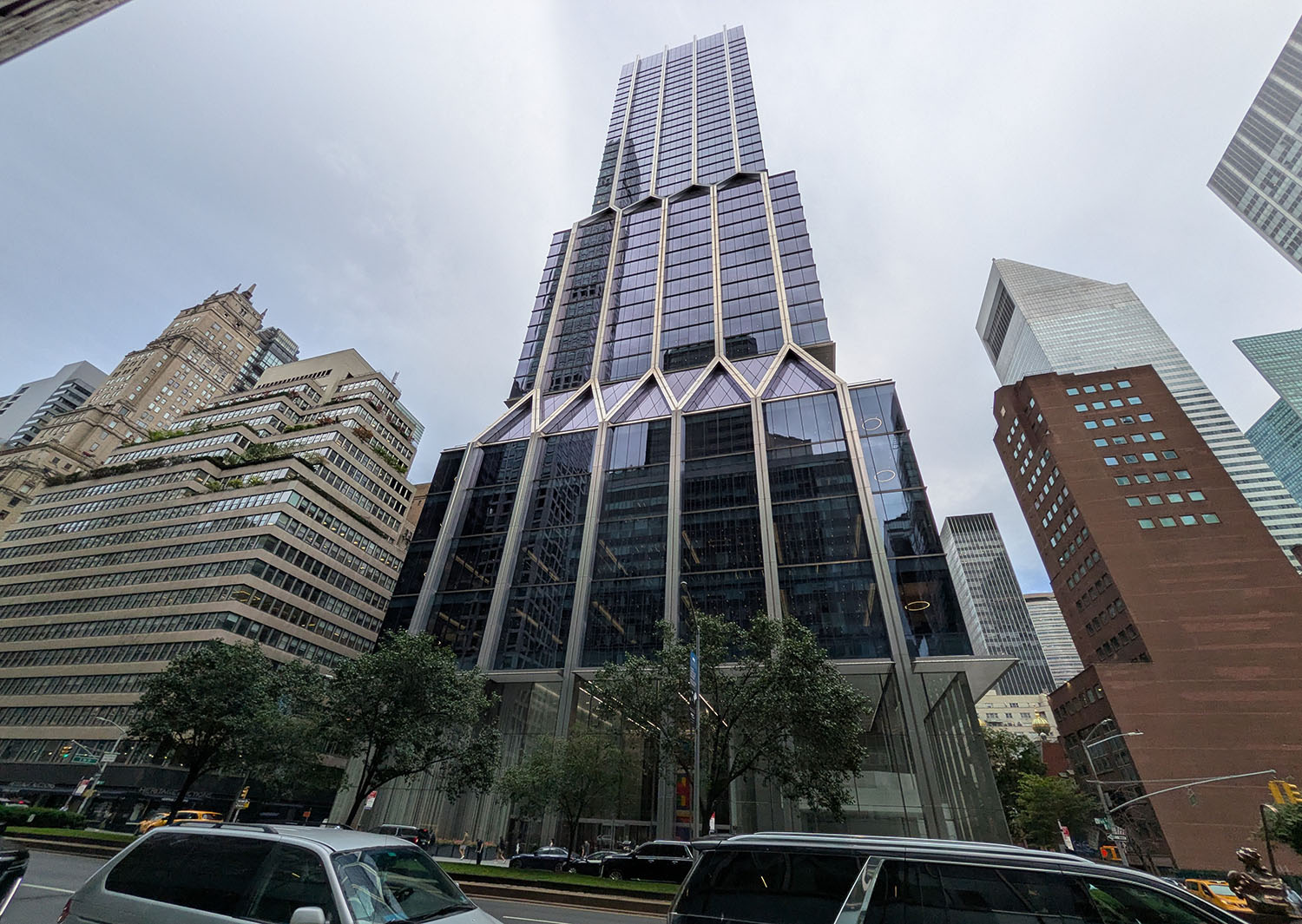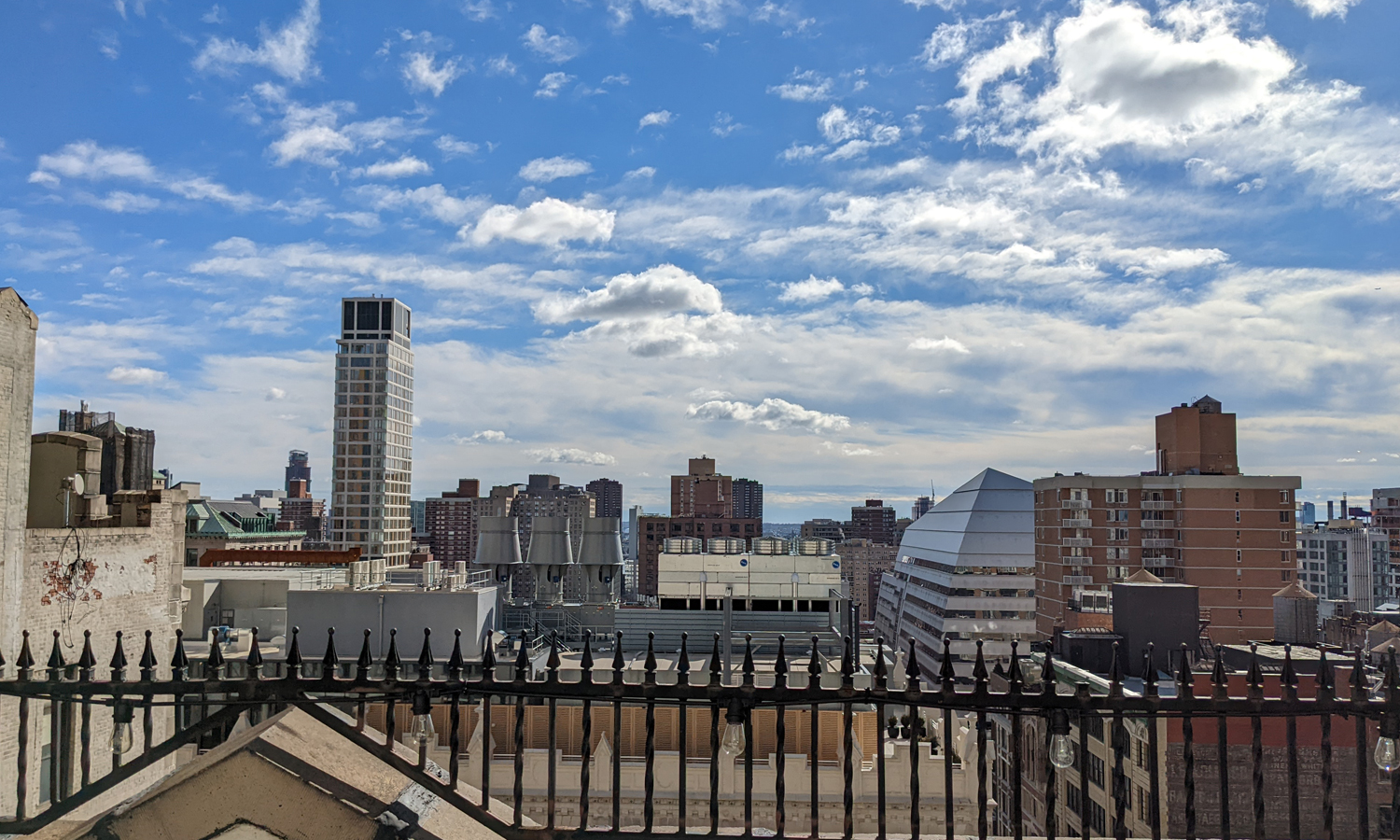CMBS And Real Estate Key Questions And Answers
As a follow up to the Panel at REBNY, hosted by Richard Plehn, Senior Managing Director (Lee & Associates NYC) and Harry Krausman, President HLK Advisors LLC, with guests speakers Michael Pollack, Partner, Adler & Stachenfeld LLP, Michael Cohen, Managing Partner, Brighton Capital Advisors and Kirk Brett, Partner, Adler & Stachenfeld LLP, please find below Questions And Answers on CMBS.
CMBS Loans
Q: What is a CMBS loan
A: A CMBS loan is a commercial real estate loan that is converted into a security. Bonds are issued representing the right to be repaid with the proceeds of the loan, and these bonds are purchased by different investors.
Q: How is a CMBS loan issued?
A: The borrower obtains a commercial real estate loan through a lending platform. These platforms originate and issue CMBS bonds, which investors then purchase.
Q: What is an originator?
A: The originator is the lender who initially made the loan.
Q: How long does the originator keep the loan on their books?
A: The originator keeps the loan on their books for as short a period as possible,
often 30 days or less.
Q: What is a master servicer?
A: The master servicer is the party hired pursuant to pooling and servicing agreement (“PSA”) to monitor the loans in the securitization, follow loan covenants, and send documentation to the trust. The PSA is the document that includes, but is not limited to, servicing standards by which the CMBS servicers are to govern/service the loan(s) in the pool.
Q: What is a special servicer?
A: The special servicer is the party that handles issues related to a modification of the loan, forbearance, discounted payoff or other requests outside the loan covenants.
Advantages of CMBS vs. Balance Sheet Loans
Q: What are the advantages of a CMBS loan?
A: CMBS loans typically offer higher proceeds based on a higher loan-to-value ratio
and lower interest rates.
Q: What are the advantages of a balance sheet lender?
A: Borrowers know who they will be dealing with after the loan closes. With a CMBS loan, the borrower deals with a master servicer and potentially a special servicer, which can add complexity and delays.
Q: What is a balance sheet real estate lender versus a CMBS real estate lender?
A: A balance sheet lender holds the loan as an investment and collects payments for its own account. A CMBS lender converts the loan into a security, issues bonds, and manages the loan with a master servicer.
Loan Mechanics
Q: What is a fixed loan, and what is a variable loan?
A: A fixed loan has an interest rate that is fixed for the life of the loan. A variable loan has an interest rate that fluctuates over the life of the loan, often based on an index. These loans usually last 5-10 years, after which the borrower must refinance.
Q: What is defeasance?
A: In a CMBS loan, if the loan is paid off early, the Master Servicer purchases other securities (usually Treasuries) to match the original rate of return, releasing the property from the mortgage lien.
Loan Covenants and Traps
Q: What are traps in loan covenants?
A: Traps in loan covenants are conditions that, if not met, can trigger penalties or default. These can include requirements for maintaining certain financial ratios, (i.e. Debt service coverage ratios, debt yield, or loan to value), or property conditions such as certain major tenancy requirements.
Debt Service and Loan-to-Value Questions
Q: What is debt service coverage?
A: Debt service coverage refers to the ability of a property to generate enough income to cover its debt payments. It is usually expressed as the Debt Service Coverage Ratio (DSCR), which is the ratio of net operating income to total debt service. A DSCR of 1.0 indicates that the income is just enough to cover the debt payments, while a higher ratio indicates a greater margin of safety.
Q: What is the loan-to-value (LTV) ratio?
A: The loan-to-value ratio is a financial term used by lenders to express the ratio of a loan to the value of an asset purchased. It is calculated by dividing the loan amount by the property’s appraised value. A lower LTV ratio indicates lower risk, as the borrower has more equity in the property.
Q: How does LTV ratio affect loan approval?
A: Lenders use the LTV ratio to assess risk. A lower LTV ratio generally means lower risk for the lender, making it more likely for the loan to be approved. Conversely, a higher LTV ratio indicates higher risk, which might result in higher interest rates or even denial of the loan application.
Q: What is a typical LTV ratio for commercial real estate loans?
A: Typical LTV ratios for commercial real estate loans range from 65% to 80%, depending on the property type, borrower’s creditworthiness, and market conditions. Higher ratios might be allowed for properties with strong cash flow or located in prime areas.
Q: Why is DSCR important for lenders?
A: DSCR is crucial for lenders because it measures the property’s ability to generate sufficient income to cover debt payments. A higher DSCR indicates that the property is more likely to meet its debt obligations, reducing the lender’s risk of default.
Q: What DSCR do lenders typically look for?
A: Lenders typically look for a DSCR of at least 1.25 to 1.35, meaning the property’s net operating income should be 25% to 35% higher than its debt service payments. This provides a cushion to ensure that the property can cover debt obligations even if income fluctuates.
Q: How can a borrower improve their DSCR?
A: Borrowers can improve their DSCR by increasing the property’s income (e.g., raising rents, improving occupancy rates) or reducing expenses. Refinancing to a lower interest rate or extending the loan term to reduce monthly debt payments can also improve the DSCR.
Q: What happens if a property fails to meet the required DSCR?
A: If a property fails to meet the required DSCR, the borrower might face higher interest rates, additional collateral requirements, or even denial of the loan application. Existing loans might be put on a watch list or be subjected to additional scrutiny by the lender.
Q: How does the LTV ratio impact refinancing options?
A: A lower LTV ratio can improve refinancing options by qualifying the borrower for better interest rates and terms. Lenders view lower LTV ratios as lower risk, which can result in more favorable loan conditions for the borrower.
Q: Can LTV and DSCR requirements vary by lender?
A: Yes, LTV and DSCR requirements can vary by lender. Each lender has its own risk tolerance and underwriting criteria, which can influence the specific LTV and DSCR ratios they require for loan approval.
Defaults
Q: What can cause a default on a CMBS loan?
A: Defaults can be caused by failure to make payments, provide insurance, or meet other performance criteria.
Q: What is a material default?
A: A material default is a significant breach of the loan agreement, such as non-payment of taxes or environmental waste, likely causing the lender to take action against the borrower.
Q: What happens to rent if the landlord defaults on the loan?
A: In a CMBS loan, rent is often paid to a lockbox, which applies funds to various obligations in a fixed priority. If a balance is left after obligations are met, it is remitted to the borrower if not in default.
Q: What happens to tenant improvements (TI) and capital improvements if the landlord defaults?
A: There may be a TI reserve for tenant improvements. Capital improvements already made revert to the lender; those not yet made may not get completed.
Tenant and Leasing Agent Concerns
Q: What should a tenant or leasing agent consider if they are concerned about the landlord paying commissions or funding tenant improvements (TI) work?
A: They should negotiate protections such as offset rights against rent for unfunded TIs and ensure their lease includes penalties for delays in space completion.
Subordination and Non-Disturbance
Q: What is a subordination clause?
A: A subordination clause usually states that the lease will be subordinate to all present and future mortgages. This allows the lender to terminate the lease if it forecloses on the property, overriding the “first in time” rule.
Q: Why do you need a non-disturbance agreement?
A: A non-disturbance agreement states that the lender will not terminate the lease if it forecloses on the property. However, it often includes provisions that the lender is not responsible for any work to be performed by the prior landlord.
Q: Why might your lease still be in effect without a non-disturbance agreement?
A: Without a non-disturbance agreement, the lease can only be terminated if the lender goes through foreclosure.
Tenants and Lease Protections
Q: How can tenants protect their interests in tenant improvements and space renovations?
A: Tenants should seek offsets against rent for landlord failures and negotiate penalties for space completion delays. They should also negotiate for the right to terminate the lease if delays are extensive.
Q: What happens if the landlord does not renovate the lobby or provide services to the building?
A: Remedies depend on the lease agreement. An “untenantability” clause may provide rent abatement if critical services are not provided, excluding force majeure events.
Q: What happens if the landlord files for bankruptcy or the lender takes over the building?
A: The landlord cannot evict tenants during bankruptcy but may refuse further services. Tenants have remedies under bankruptcy law. If the lender takes over, lease terms and non-disturbance agreements apply.
Protecting Contributions and Commissions
Q: How do you protect the cash contribution from the landlord?
A: Seek an offset against rent or penalties if the landlord fails to provide the agreed contributions.
Q: How do you protect your commission as a broker?
A: A clear brokerage agreement should outline the payment schedule and stipulate how commissions are paid if the property is sold before full payment.
Renegotiating Loans
Q: How does a landlord renegotiate the loan before it is due?
A: The landlord should start working with the master servicer early and consider whether to approach directly, through a lawyer, or by hiring a specialist. Documentation requirements and processes will depend on the specific servicer’s requirements.
CMBS Loan Information
Q: Where can you find information on CMBS loans?
A: Information on CMBS loans can be found through subscription sources like Co-Star or Trepp and public records such as tax searches and ACRIS.
We would like to express our sincere gratitude to Anna Norris and Vanessa Ollarves for their diligent efforts in preparing this informative article, which has greatly enriched our audience’s understanding of the subject.







